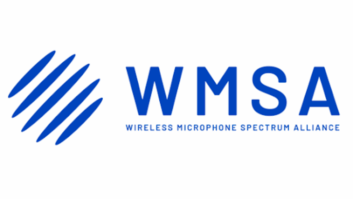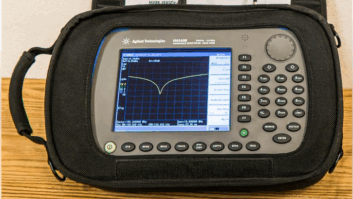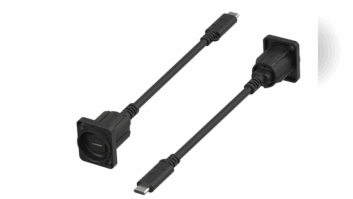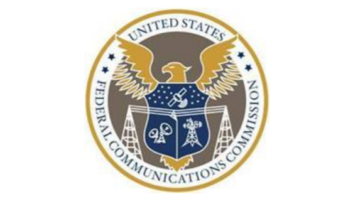FCC Commissioner Ajit Pai addressed 4G Americas’ Technology Symposium this week, speaking about “The Future of Mobile Broadband in the Americas LTE to 5G Network Innovation.”
Pai described “freeing up more spectrum, removing barriers to infrastructure deployment, and encouraging innovation and investment in the network and mobile technologies” as the key elements of the 5G framework and added, “in all three of these areas, there is more that the federal government can do and should be doing to ensure that America continues to lead the world as we move from 4G to 5G.”
When it comes to freeing up spectrum, Pai has specific ideas for what bands could be freed up, but ultimately concluded: “We should think big and let engineers and innovators tell us what will work and what won’t. I hope the Commission will do just that in a Further Notice of Proposed Rulemaking.”
Despite this importance, he emphasized that it is crucial not to rush the incentive auction, first thoroughly testing all required software, preferably done by third parties and including mock auctions. “If we can get everything done in time to start the auction as scheduled on March 29, that would be great. But March 29 wasn’t etched onto a tablet, Biblical or electronic,” Pai said.
Regarding infrastructure, Pai said, “To support 5G, providers will have to densify their networks. And to help them do that, we need to expedite the siting of wireless infrastructure. There are going to be many more small cells in a 5G network, and greater densification means better wireless coverage, capacity, speed, and reliability.”
He elaborated: “We reformed our environmental and historic preservation rules to make it easier to deploy small cells and collocate antennas on existing structures. We made it clear that our shot-clock rules apply to small cells and distributed antenna systems. And we adopted a bright-line test for determining which equipment modifications qualify for section 6409’s deemed-grant remedy.”
Additionally, Pai said he is encouraged Chairman Greg Walden and Commerce Committee’s Communications and Technology Subcommittee are working to fast track the process of deploying broadband on federal lands, which constitute approximately 30 percent of the land in the country, and deploying wireless in these areas currently requires an average of four years. However, Pai said that he wants the FCC to do more in this area, on federal and private land.
Pai then turned to “promoting innovation and investment in our networks and mobile technologies,” noting the U.S.’s pioneering status in mobile network innovating and crediting “a bipartisan, light touch approach to mobile broadband that resulted in massive private sector investment.” He also cited a paper that showed “when compared to all regions, U.S. providers spent on average about four times more per subscriber on network infrastructure.”
However, he cited Title II’s so-called Net Neutrality applications as “emerging threats to permissionless innovation in the mobile space.” Pai said that the “decision has injected a tremendous amount of uncertainty into the wireless space” and claimed it is already having a negative impact on investment in the mobile industry.
“I think it’s important that the FCC return to the light-touch approach we pursued for years,” Pai said. “After all, those are the policies that allowed the U.S. to become the world leader in 4G, and I believe those are the policies will serve us well in the transition to 5G.”
Read Pai’s full remarks here.







